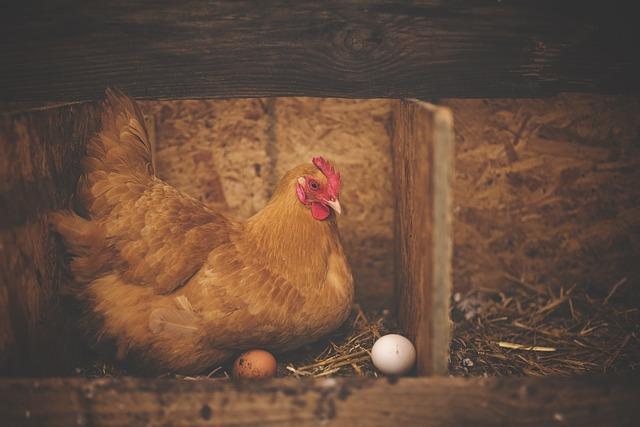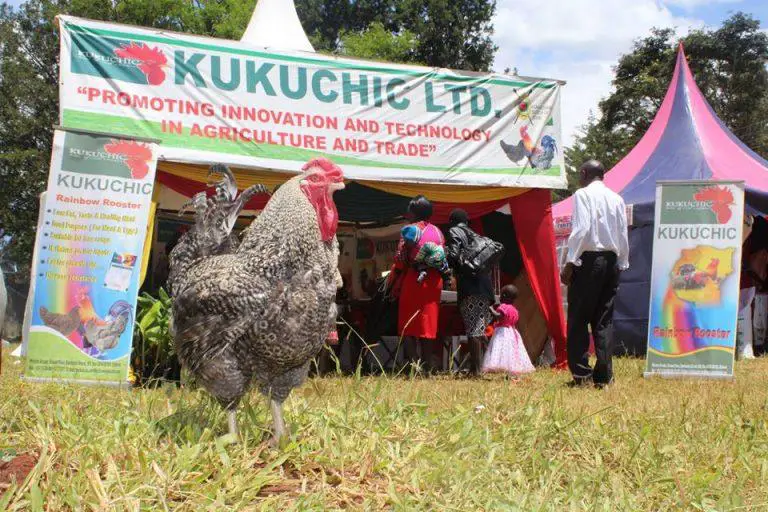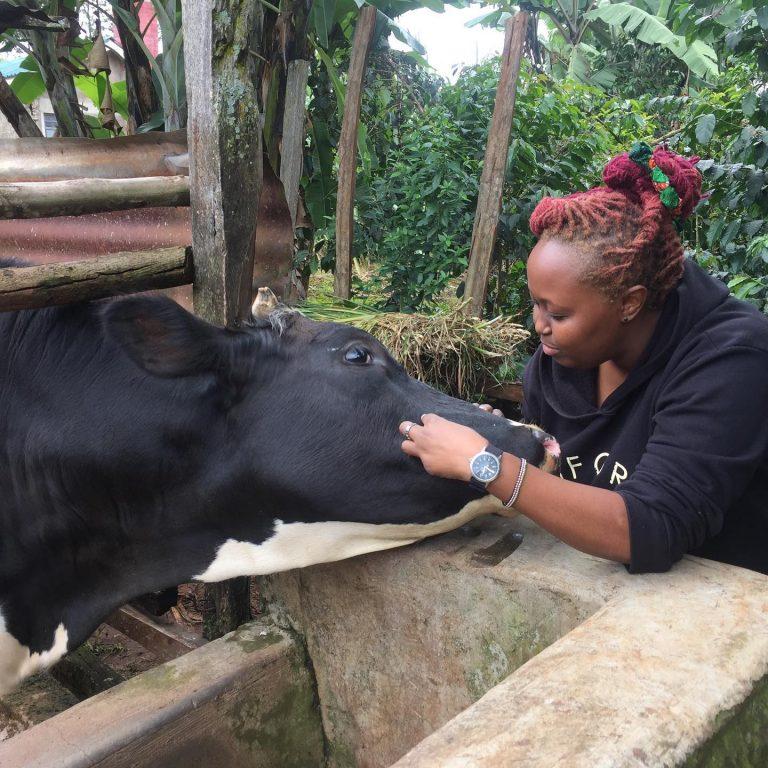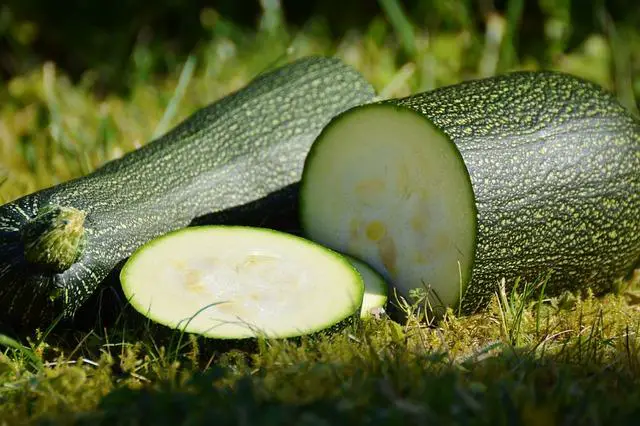8 Reasons Your Chickens Stopped Laying Eggs
One of the major concerns of a poultry farmer is when they notice a decrease in egg production. Egg-laying might go from one egg a day per hen to nearly zero.
The ideal egg-laying scenario is one egg every 24 -26 hours. The poultry farmer might wonder why the flock is not laying as it used to. The main question when a decrease in egg production occurs is “Why my hens are not laying?”.
The decrease in egg production in chicken is caused by:-
1. Nutrition imbalance.
Hens require a balanced laying diet when laying. This is the reason they are introduced to layers mash as they approach the point of lay.
Underfeeding and overfeeding hens will lead to less egg production. Feeding the hens on scraps will dilute the nutrient balance in their layer feed.
For consistent production and health, hens need 38 nutrients. Lack of balance levels of calcium, protein, and energy (carbohydrate) will lead to a decrease or inconsistency in egg production. Layer feed must contain 16%-18% protein. To avoid dilution of these nutrients, it is recommended only to supplement 10 percent of their feed. This is known as the 90/10 rule, 90 percent of their balanced feed and 10 percent supplementation. Calcium supplementation is allowed for stronger eggshells.
Lack of a balanced diet might lead to nutritional conditions such as prolapse, where the reproductive tract is pushed out of the body during laying. Prolapse is caused when then hen is too big (fat) or the egg is too large for the track, sometimes leading to death and irreversible damage to the hen.
Abruptly changing the feed will lead to a decrease in egg production. Different feed brands vary in the formulations and ingredients. An example is where one brand might have 16% protein content while another one has 18% protein content. One brand might use a different ingredient providing a specific nutrient. It takes time for the body of the hen to get used to change in ingredients and formulation. Transitioning to different brands of feed should be done gradually, while carefully monitoring egg production.
Water is an important element in laying chicken. Laying hens should be provided with enough water. Make sure you provide enough water stations.
During cold seasons, it is normal for hens to drink less water and in hot seasons, there is an increase in their water intake. Make sure you adjust the water stations to suit these changes.
2. Lighting
Laying hens require enough light for them to lay consistently. The recommended hours of light for laying hens is 14 hours. Due to a change in the hours of daylight over different seasons, It is not possible to get sustained natural light for 14 hours. It is recommended to provide artificial light to cover this deficit.
A 40 watt light for every 100 square feet is sufficient. It is recommended to add the light in the morning hours so that hens get used to roosting as the sun sets. Adding the light in the evening will confuse the birds, once the lights are turned off while it is dark.
3. Disease and parasites
One of the signs of disease and parasite infestation in flocks is a decrease in production. Hens will stop laying as they normally do.
For optimal production, make sure you follow adequate biosecurity measures for preventing diseases. You also need to stock healthy chicken. Introducing new chickens to the flock might lead to diseases. While the new flock might appear healthy, they might be carriers of a disease, of which they have developed resistance.
When increasing your flock, make sure you stock chicks for reputable hatcheries or hatch your own eggs.
4. Age
Laying hens will begin to lay between 16 and 18 weeks. Do not expect them to lay before that. They will then lay for 50 to 60 weeks then take a break during a period called molting. After the first molt, they will resume laying but will keep going into molt every year.
Poorer layers will molt more often, affecting the number of eggs laid.
5. Stress
Any stress hens are faced with will definitely lead to a reduction in the number of eggs laid.
Make sure hens have enough space in the coop. Overstocking will lead to stress because the hens will keep fighting for space, affecting the number of eggs laid.
The condition of the laying area affects laying. The area should be clean and provide some privacy for the hens.
If you are to introduce new hens to the flock, make sure you do it in such a way that it does not create stress. They will be a change in the pecking order, hence laying might be affected for a while.
Cold and wetness will lead to a reduction in the number of eggs laid. Make sure you prevent exposure to cold and wetness especially during cold months.
Once the flock starts laying, make sure you avoid unnecessary movements as this will stress the hens.
Parasites, whether internal and external, will lead to stress. Anything that scares the birds, for example, dogs, livestock, movement of vehicles near the coop or loud noises will scare the birds. Predators will also stress the hens, leading to lower production.
6. Molting
Birds that are older than one year will molt once every year. Molting is a stage where the bird loses all the feathers and regrows them.
Hens might go through a hard molt or a soft mold. A hard molt is where they lose all the feathers at once, while a soft molt is when they lose and regrow the feathers gradually. Sometimes it is hard to notice a soft molt.
During this process, expect lower egg production as most of the hen’s resources is geared to regrowing the feathers.
7. Breed
Different breeds will lay differently and go into molting differently. It is important to study your breeds behaviors and laying capacity so as to know when to expect a reduction in laying. If your breed goes broody once in a while, expect a reduction in the number of eggs
Other factors that might lead to lower egg collection are predators eating the eggs, the hens eating eggs, damaged or broken eggs and hens hiding hens, especially in free-range conditions.







